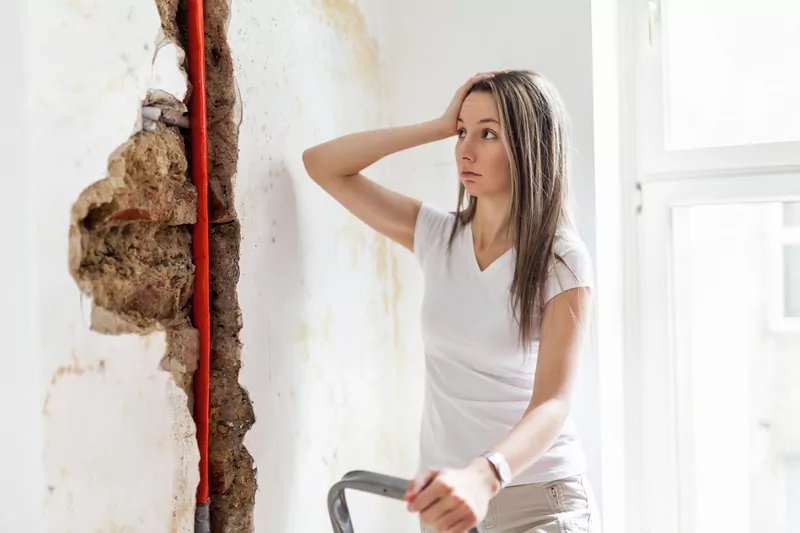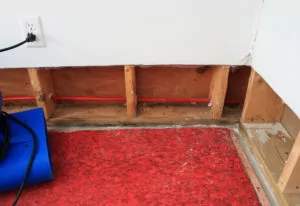
30 Apr How to Restore a Living Room That Has Suffered Flood Damage
Flood damage can be devastating. Whether your home is flooded in a natural disaster or sustained damage from a burst pipe, the process of salvaging your belongings can be daunting. Before you start on restoring your flood-damaged living room, be sure to file a claim with your insurance company and comply with any rules the company may have regarding repairs. This will give you the best chances of having your damages reimbursed.
Once you’ve filed a claim, be sure to save receipts for any out-of-pocket expenses. These include cleaning supplies, restoration company fees, garbage disposal fees, and any other costs associated with renovating your living room after a flood. You may not get all of these expenses reimbursed, but keeping track of them boosts your chances. Your first concern when it comes to disaster recovery is mold. Items that stay damp for too long will begin to develop mold spores, and it may be impossible to kill the mold once it’s taken hold. This is why it’s important to act quickly to dry out your belongings as soon as possible.
Rugs and Carpeting
Picking up the carpet and airing it out from below is a good first step for helping it to dry faster. You may need to replace the carpet padding but salvage the carpet itself. Rugs should be taken outside and hung in the sunlight to dry if possible. A wet-dry vacuum can help to soak up moisture as well.
Cushions and Pillows
Stuffed cushions and pillows can be challenging to dry due to their stuffing. If you suspect that they came in contact with contaminated floodwater, throw them out to prevent the risk of disease. Otherwise, try washing them with warm water. Use an extra rinse cycle and tumble dry or hang on an outdoor line.
Furniture
Upholstered furniture is very difficult to restore once it has been soaked through. Your best tactic is to strip the furniture down to the frame, clean the frame and reupholster it. It may be cheaper to purchase new furniture than to reupholster your existing pieces. Mattresses, similarly, should be thrown out if they become soaked through. If water damage is less severe, both upholstered furniture and mattresses may be salvaged by drying thoroughly outdoors. Use a wet-dry vacuum to pull as much excess moisture from the furniture as possible before removing all cushions and other accessories and dragging the piece outside.
If any of your belongings came in contact with sewage, it might be best to dispose of them for health reasons instead of trying to salvage them.

